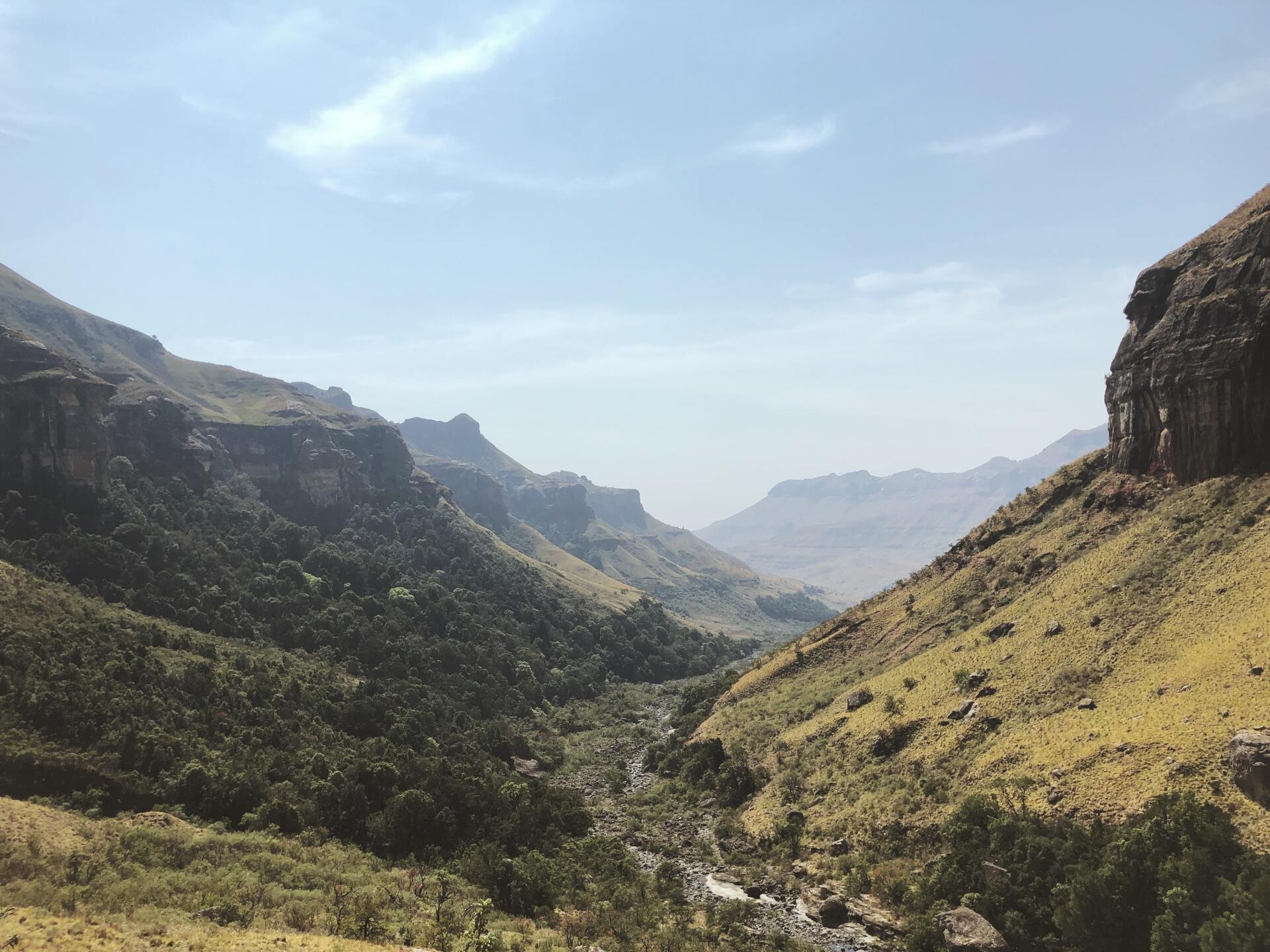Prototyping Methodology
About Prototyping
A prototype is an unfinished and physical test version of a product, a service or a process, and may be used in order to test, develop and communicate ideas and concepts with stakeholders such as community members, funders, end-users and so on. Prototypes are not created to get buy-in or sell people on the idea, rather they are used to test the validity of emerging ideas against the needs and resources of both sides of the market – those who will make, sell, or distribute and those that will use or buy the solution.
In the prototyping and testing phase of this project, the objectives are to develop early-stage prototypes that focus more on the core offering of an idea rather than a fully polished outcome.
Prototyping Stages:
Ideas
During the initial Design Thinking workshops, community participants prototyped early-stage ideas to challenges and opportunities that exist in their environment.
The top ideas that emerged from these initial community-based Design Thinking workshops are detailed in the community specific prototyping sections of this document; sections 2, 3 and 4.
Rooted in purpose, the portfolio of innovations captures and builds upon initial ideas from each communities Design Thinking workshop.
Structure
Structure describes the forms that initial, low fidelity prototypes will take in order to evaluate which ideas communities want to prioritise.
WhatsApp Poll
A WhatsApp poll was selected due to the wide use of this communication platform within the four communities as well as its relative ease of use. The intention was to gain feedback, with a wider community audience, on the biomimicry innovations that were developed based on the need finding and need solving activities done with the communities, in the initial Design Thinking workshops.
The platform Ferendum, was used to create and manage the poll.
The poll focused on two core questions:
- Which idea will have the biggest impact on the community?
- What resources and knowledge would be needed for it to work?
In the first phase of the project, A WhatsApp group was created for each community, in order to facilitate communications around site visits, workshops and questions or ideas.
These groups were expanded upon and used for the polling activity. Each group had a project team member and community engagement facilitator assigned to it, to provide assistance, answer questions and encourage sharing and collaboration.
Polls were posted on the groups and members were asked to cast their anonymous vote in a 2 click voting process.
In order to leverage the network effect for maximum participation, we also encouraged community members to share the poll with family and friends and start conversations around imagining new ways to improve life in their communities.
Community members who had provided their contact information in previous engagements or had been put forward by the SMME’s as potential stakeholders were included in the WhatsApp groups.
Telephonic follow ups were also conducted in the days following the launch of the poll to further encourage voting as well as to ascertain interest in attending the prototyping workshop.
PROTOTYPING WORKSHOP - DEFINING AND REFINING IDEAS
The first session in the Design Thinking Prototyping workshop aimed to provide feedback to participants about the current state of ideas shared via WhatsApp – what was shared as well as voting outcomes.
This session aimed to answer 2 questions:
- What idea should we move ahead with?
- Identifying which of the ideas had been upvoted by the community via WhatsApp and giving participants the opportunity to vote and decide which to move ahead with.
- How might we build on or improve it?
- Crowdsourcing ideas about how the innovations might be improved or made more effective and therefor better contribute to the community.
PROTOTYPING WORKSHOP - PROTOTYPING AND DESIGN BRIEF
The second session aimed to incorporate ways to improve the idea through iteratively prototyping it and making it tangible through interactive engagement. Participants build on the revised idea to explain what it is, how it works and who it impacts and then contribute to the specifications of a design brief that can be used to inform the next, higher definition prototype.
This session should answer 4 questions:
- What does the refined idea look like?
- What impact do we hope it has?
- What do we need to move to higher-fidelity prototypes?
- Are there resources and social capital within the community that can contribute to or create the next prototype?
TESTING
This section outlines how and where low fidelity prototypes are tested. Prototype testing was to be conducted in two parts, with a refinement step in between. This process looks as follows:
TESTING AT BREADTH
The innovations that are selected as ideal candidates for high fidelity prototyping should be based on a consultative process with the target communities.
Lo-Fi prototypes, in the form of WhatsApp polls, are created with the intention of testing at breadth, with a wider community audience, the top-emerging ideas from the initial Design Thinking workshops, to ensure that idea direction is driven by the community.
TESTING AT DEPTH
Findings from this initial testing are then to inform more detailed prototypes which involve testing at depth, with fewer, more subject or experience rich participants. Iteration and refinement of the top emerging ideas then takes place with community members in a co-design workshop, after which higher fidelity prototypes are developed for further testing and refinement.
DEFINE
After testing at breadth and in depth, higher fidelity prototypes are developed for further testing and refinement in order to provide a proof of concept. This process would include 3 phases as follows:
- Non-Functional Visual Mock-Up
- Technical Feasibility Prototype
- Proof Of Concept







